Ketamine, a medication initially developed as an anesthetic, has emerged as a promising treatment for various mental health conditions. Its rapid-acting effects and ability to alleviate treatment-resistant symptoms have garnered significant attention in the field of psychiatry. As research continues to advance, different forms of ketamine administration are being explored to optimize treatment outcomes and patient preferences.
Intravenous (IV) Infusions
Intravenous (IV) infusions are the most commonly used method of ketamine administration for mental health treatment. Ketamine is administered directly into the bloodstream, providing rapid and controlled delivery to the brain. IV infusions offer precise dosing and the ability to closely monitor patient response.
Advantages:
- Rapid onset of action
- Precise dosing
- Close monitoring of patient response
Disadvantages:
- Requires a clinical setting
- Invasive procedure
- Potential for side effects, such as dizziness and dissociation
Intranasal Sprays
Intranasal sprays offer a non-invasive and convenient alternative to IV infusions. Ketamine is delivered directly to the nasal passages, where it is absorbed into the bloodstream through the nasal mucosa. Intranasal sprays provide a slower onset of action than IV infusions but offer a more comfortable and patient-friendly option.
Advantages:
- Non-invasive and convenient
- Self-administration option
- Reduced risk of side effects
Disadvantages:
- Slower onset of action
- Variable absorption rates
- Limited research data
Oral Formulations
Oral formulations, such as tablets or capsules, are an emerging approach to ketamine administration. This method offers the convenience of self-administration and the potential for long-term treatment. However, oral ketamine has a slower onset of action and may require higher doses to achieve therapeutic effects.
Advantages:
- Convenient self-administration
- Potential for long-term treatment
- Reduced risk of side effects
Disadvantages:
- Slowest onset of action
- Higher dosage requirements
- Limited research data
Choosing the Right Form of Administration
The choice of ketamine administration method depends on various factors, including the specific mental health condition being treated, patient preferences, and individual factors such as age, medical history, and response to previous treatments. Healthcare professionals will carefully assess these factors to determine the most appropriate and effective form of ketamine administration for each patient.
As ketamine continues to gain recognition as a valuable treatment for mental health disorders, the exploration of different administration methods is crucial. IV infusions remain the most established approach, offering rapid onset and controlled dosing. However, intranasal sprays and oral formulations hold promise for non-invasive, self-administered options. Ultimately, the choice of administration should be tailored to individual patient needs and preferences, ensuring optimal treatment outcomes and patient satisfaction.tunesharemore_vertadd_photo_alternate


